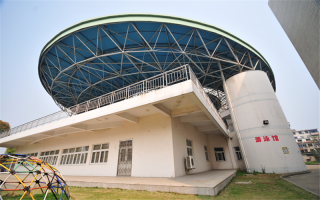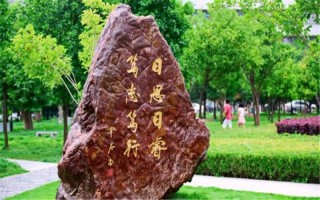初三英语知识点总结

中考英语
2022/2/6
初三学生学习英语掌握重点知识点非常重要,下面为大家总结了初三英语知识点,仅供大家参考。

1、表示人或者事物的某一类:
the常用于可数名词单数前,代表一类人或事物。
Do you know who involved the computer?
你知道是谁发明了计算机吗?
2、表示特定的人或物。
表示特指某人或某事物等,以区别于同类中的其他人或事物。
Is this the book that you are looking for?
这就是你要找的书吗。
3、指上文中已提到过的人或物。
There is a chair in the room.An old man is sitting on the chair.
房间里有一把椅子,椅子上坐着一位老人。
4、表示地球、宇宙中独一无二的事物。
Man is now studying and using the sun.
人类正在研究和利用太阳。
5、用于比较级、最高级和序数词前。
Which story is the more interesting (story) of the two?
这两个故事哪一个更有趣?
特别注意:
序数词前面也可用不定冠词,但意义与用定冠词不同。
I have failed twice, but I'll try a third time.
我失败了两次,但我还要试一次。
6、用于“the +比较级…,the+比较级…”结构中
The more careful you are, the fewer mistakes you'll make。
你越仔细,出错的就越少。
7、用于名词化的形容词前。
The rich wish to be richer, and the poor fear to be poorer .
富人希望更富,穷人害怕更穷。
8、用于西洋乐器等前。
They are going to the cinema tonight.
他们今晚要去看电影。
9、用于姓氏复数形式前。
The Greens are watching TV.
格林一家在看电视。
10、用于集体名词、物质名词、专有名词前。
The people in this country are kind and ready to help others.
这个国家的人民善良且又乐于助人。
一般过去时1、概念:过去某个时间里发生的动作或状态;过去习惯性、经常性的动作、行为。
2、时间状语:ago, yesterday, the day before yesterday, last week,last(year, night, month...),
in 1989, just now, at the age of 5, one day, long long ago, once upon a time, etc.
3、基本结构:be动词;行为动词的过去式
4、否定形式:was/were+not;在行为动词前加didn't,同时还原行为动词。
5、一般疑问句:was或were放于句首;用助动词do的过去式did 提问,同时还原行为动词。
I didn't know you were so busy.
过去进行时1、概念:表示过去某段时间或某一时刻正在发生或进行的行为或动作。
2、时间状语:at this time yesterday, at that time或以when引导的谓语动词是一般过去时的时间状语等。
3、基本结构:was/were+doing
4、否定形式:was/were + not + doing.
宾语从句的连接词1、连词that,只起连接作用,在从句中不作句子成分,也无词汇意义,在口语中常被省略。
eg. He knew (that) he should work hard.
2、连词if 、whether,它们起连接作用,在从句中不作句子成分,作“是否”解,在口语中多用if。
eg. Tom don’t know if/whether his grandpa liked the present.
He asked me whether or not I was coming.
一般情况下,if 和whether可以互换,但以下3种情况只能用whether:
①在不定式前:Whether to go there or not hasn’t been decided.
②在介词前:It depends on(依靠) whether it is going to rain.
③与or not连用:They are talking about whether to go there or not.
3、连接代词who, whom, whose, what, which,连接副词when, where, why, how, 它们起连接作用,作句子成分,各有自己的意义。
eg. The teacher asked the new students which class he was in.
if 引导的条件状语从句结构:主句 + if + 条件状语从句
if + 条件状语从句 + [(comma)] + 主句
注意:
在 if 引导的条件状语从句中,主句应用将来时态,状语从句用一般现在时态。







.jpg)

.jpg)
.jpg)
.jpg)
.jpg)

















